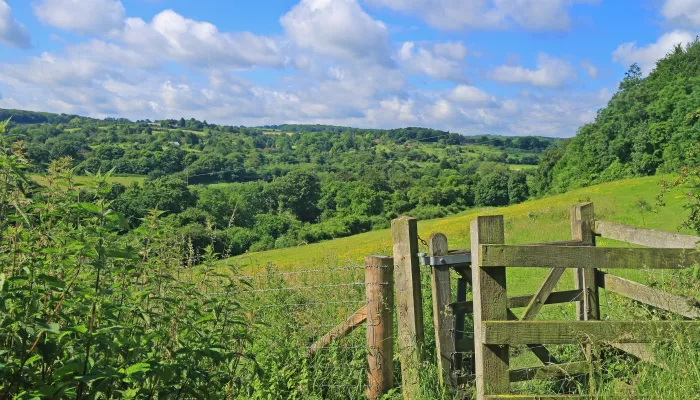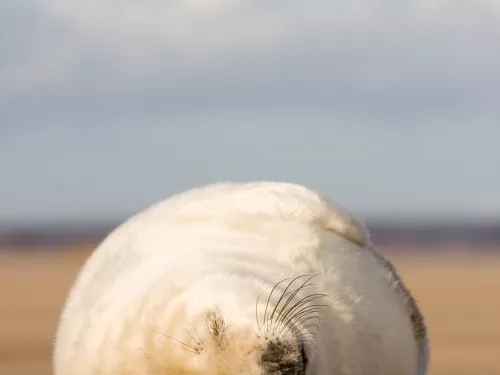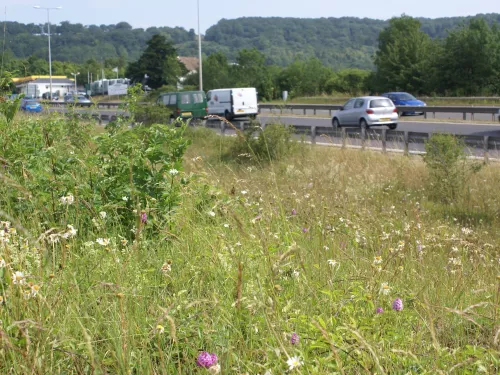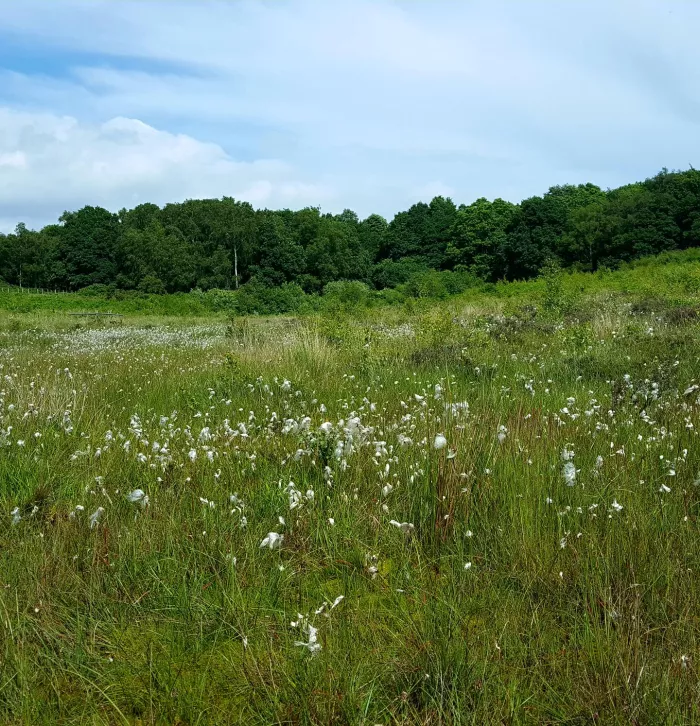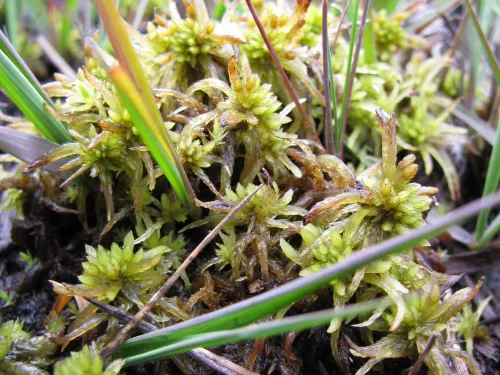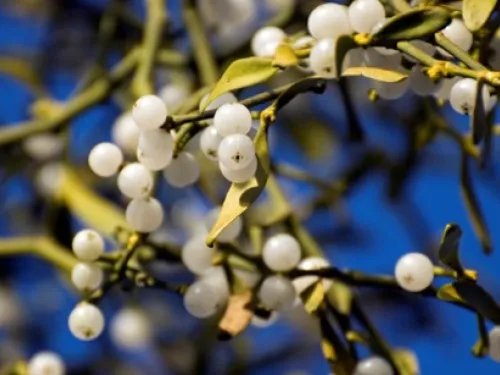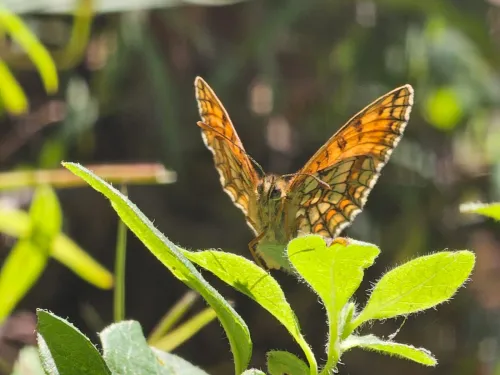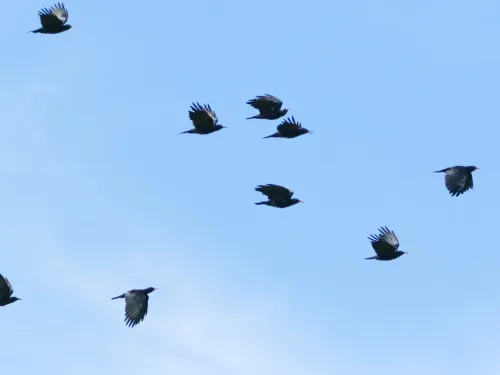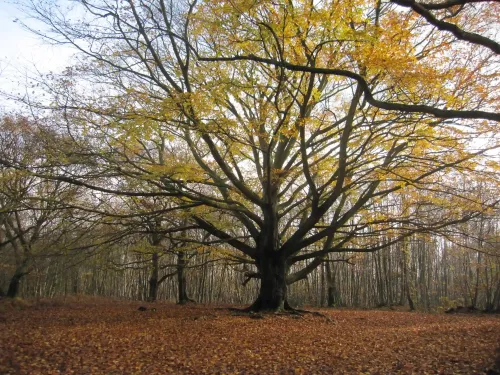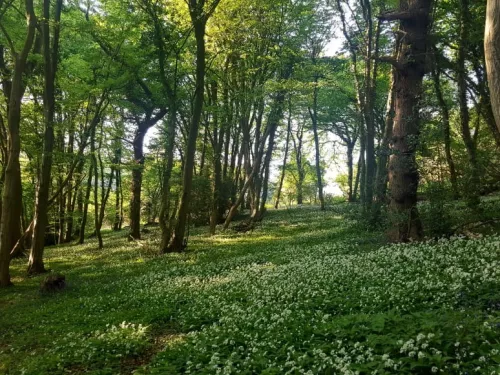
Helping landowners for wildlife
Kent Wildlife Trust works with local authorities, statutory agencies, landowners and other local partners to identify, manage and monitor highly valuable wildlife habitats as part of our Local Wildlife Sites programme. Local Wildlife Sites are often privately owned and so rely on our advice and support and the commitment of the landowners, farmers and volunteers who are prepared to carry out sensitive habitat management.

